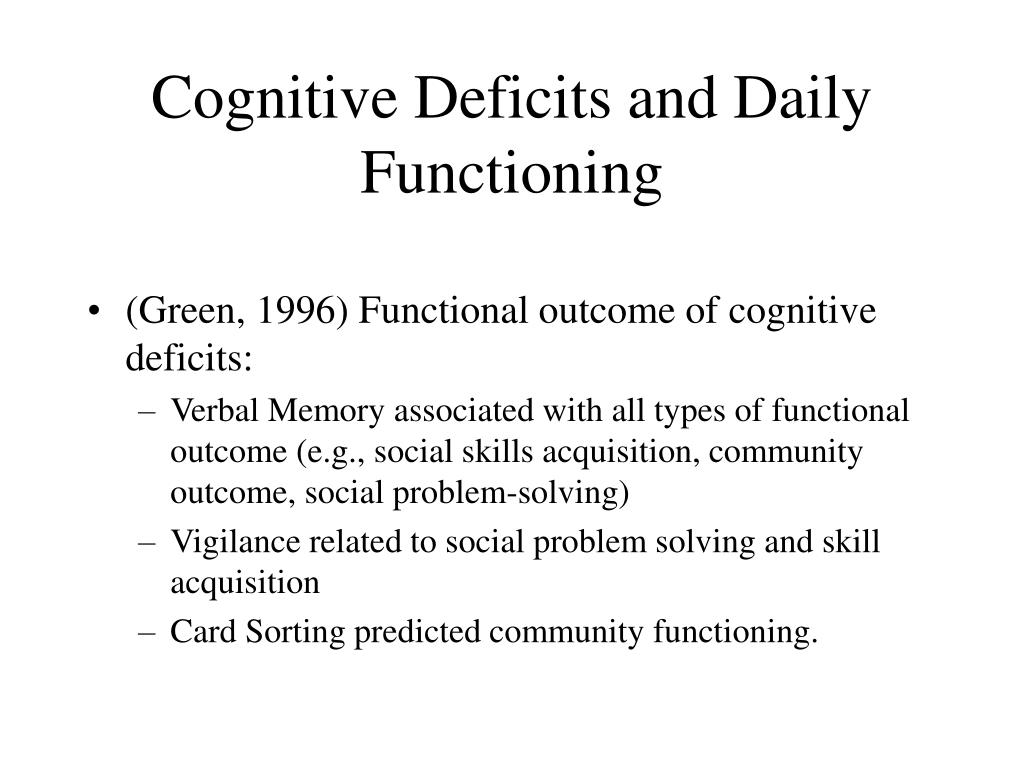
Implications for CC theory are discussed. Few associations were found between cognitive variables and indices of autistic symptomatology. Individuals on the autism spectrum tend to be more, sometimes overly, focused on details this can. The weak central coherence theory (WCC), also called the central coherence theory (CC), suggests that a specific perceptual-cognitive style, loosely described as a limited ability to understand context or to 'see the big picture', underlies the central disturbance in autism and related autism spectrum disorders. Furthermore, weak CC was unrelated to false-belief understanding, but aspects of coherence (related to integration) were associated with aspects of executive control. Another explanation is the weak central coherence hypothesis. This cognitive profile was generally similar for younger and older children with ASD. Evidence of local processing on coherence tasks was widespread in the ASD group, but difficulties in attributing false beliefs and in components of executive functioning were present in fewer of the children with ASD. Significant group differences were found in all three cognitive domains. The term central coherence refers to the neurotypical (NT, i.e. These difficulties may be attributed to deficits in Theory of Mind, Weak Central Coherence, and Executive Functioning.

Many students with autism spectrum disorder demonstrate difficulties in reading comprehension. Children with an autism spectrum disorder (ASD) and matched typically developing children were administered tasks tapping visuospatial coherence, false-belief understanding and aspects of executive control. Introduction Reading comprehension is a critical building block for effective early literacy development. Uta Frith, and other researchers with the hypothesis that the primary deficit in autism can be found in the weakness of social cognition, have attempted to identify specific neurological basis, which could explain the weak central coherence and why it does not develop in autistic person. So far, however, such neurological correlation has not been identified. ( Schreibman 2005, 117-118.This study examined the validity of "weak" central coherence (CC) in the context of multiple cognitive capabilities/deficits in autism. With Uta Frith's weak central coherence theory can be explained not only known specific deficits in autism, such as the difficulty of the joined attention and the Theory of Mind, but also other significant autism-related features such as insistence on sameness, stereotyped and repetitive behaviors and restricted interests. These are behaviors that suggest reduced interest to the environment as well as deficits to understand contextual cues. ( Schreibman 2005, 117.) However, task performance may be facilitated by this cognitive style if local processing is required. This cognitive style may impair comprehension, particularly if inferencing is required. They do so by reading the intentions of others from their eyes, gestures, and from other important contextual clues relating to the environment. ( Schreibman 2005, 117.) The Weak Central Coherence theory suggests that individuals with autism are biased to process information locally.

It outlines each along with studies relevant to their emergence, their expansion, their limitations and their possible integration.

Normally developed people have this drive to integrate and organize information from their environment to build comprehensive interpretations of situations. This article considers three theories of autism: The Theory of Mind Deficit, Executive Dysfunction and the Weak Central Coherence accounts. Uta Frith and her colleagues have suggested that autistic children lack a drive for central coherence. Uta Frith and her colleagues have suggested that autistic children lack a drive for central coherence.


 0 kommentar(er)
0 kommentar(er)
